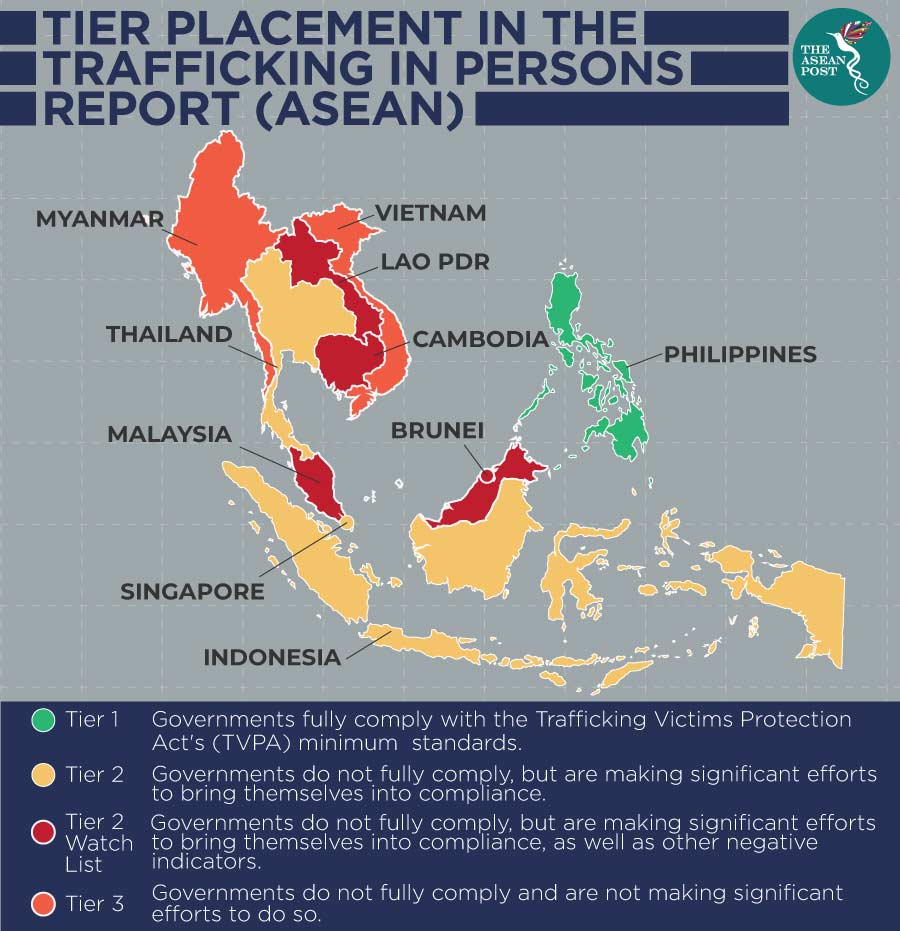
Recently, 39 people were found dead in a refrigerated trailer in Britain. While the victims were initially identified as Chinese, it has since been found that at least 20 were, in fact, Vietnamese, and almost all from the same – considered poor – province of Nghe An. This was after the victims’ families came forward saying they feared their relatives were in the doomed truck.
Britain has been a prime destination for Vietnamese migrants for a long time now, thanks to well-entrenched criminal networks offering work – though often at lower salaries than promised.
The poor central provinces of Vietnam are riddled with people smugglers and brokers with underground contacts stretching across the world. Families sell land or take on huge loans for the journeys, believing the investment will eventually pay itself back several times over.
The tragic incident involving 39 victims was not the first of its kind in the United Kingdom (UK). In 2000, 58 Chinese migrants from Fujian were found suffocated to death in a lorry at the port of Dover, in England’s South Eastern county of Kent. Soon after, in 2004, 21 migrants from Fujian, working as cockle-pickers, drowned when they were caught by treacherous tides in Morecambe Bay.
The recent news only serves to draw focus to a long-time scourge that has been plaguing the Southeast Asian region: human trafficking.
For ASEAN, human trafficking has been a constant thorn in the sides of its governments. The battle has been raging on for every ASEAN country in the region, and while some governments have been more successful than others, every ASEAN member continues to face challenges.
The Asia Pacific, in fact, might be facing a bigger problem than the rest of the world when it comes to human trafficking. According to the 2016 Global Slavery Index by Walk Free, some 25 million people are trapped in modern slavery in the Asia Pacific region. This accounts for 62 percent of the estimated global total.
The United States (US) Department of State’s Trafficking in Persons Report 2019, states that, in the case of Vietnam, traffickers typically subject victims to forced labour in construction, fishing, agriculture, mining, logging, and manufacturing, and that they are primarily trafficked to Angola, Japan, Lao, Malaysia, the Republic of Korea, Taiwan, and the United Arab Emirates.
The report also acknowledges, however, that there are increasing reports of Vietnamese labour trafficking victims in the UK and Ireland, including for work on cannabis farms.
Since its (US Department of State) previous report in 2018, things continue to look grim for ASEAN, with the exception of the Philippines. Countries such as Brunei and Cambodia dropped from Tier 2 to Tier 2 Watchlist while most countries maintained their previous placings, largely located within Tier 2. The Philippines is the only ASEAN country that managed to continue being placed in Tier 1. Meanwhile, Myanmar performed the poorest and is placed in Tier 3.

Children too
In the case of Vietnamese being trafficked to the UK, it’s important to point out that the victims aren’t just adults – many are also children.
This was revealed in a report titled “Precarious journeys: Mapping vulnerabilities of victims of trafficking from Vietnam to Europe” released in March. The report was funded by the UK Home Office, while the study was jointly conducted by Anti-Slavery International, Every Child Against Trafficking UK (ECPAT UK) and the Pacific Links Foundation.
According to the report, over a period of one and a half years, researchers investigated the issue of human trafficking from Vietnam to the UK and throughout Europe, specifically Poland, the Czech Republic, France and the Netherlands. The latest figures by the National Referral Mechanism, which identifies and protects victims, revealed that more than 3,100 Vietnamese adults and children were identified as victims of trafficking.
A typical journey took children from Vietnam to Russia by plane, and then overland through Belarus, Ukraine, Poland, Czech Republic, Germany, the Netherlands and France, according to the authors. Meanwhile, more routes to Europe through South America are emerging, they added.
Vietnam is only one of the ASEAN states which has to face the reality of human trafficking. While today, eyes are on Vietnam following the recent tragedy, the truth is that each ASEAN country has its own horror story to share. And so, the war against human trafficking continues.
Source: https://theaseanpost.com/article/human-trafficking-thriving-asean




